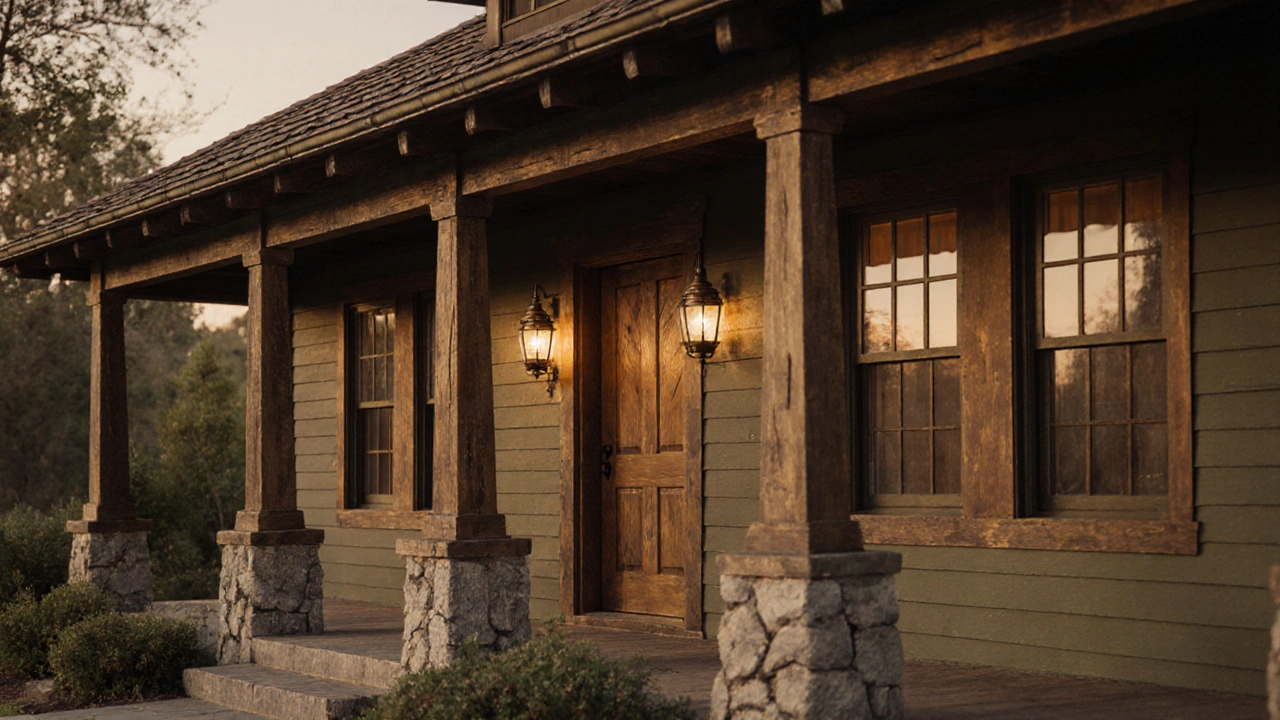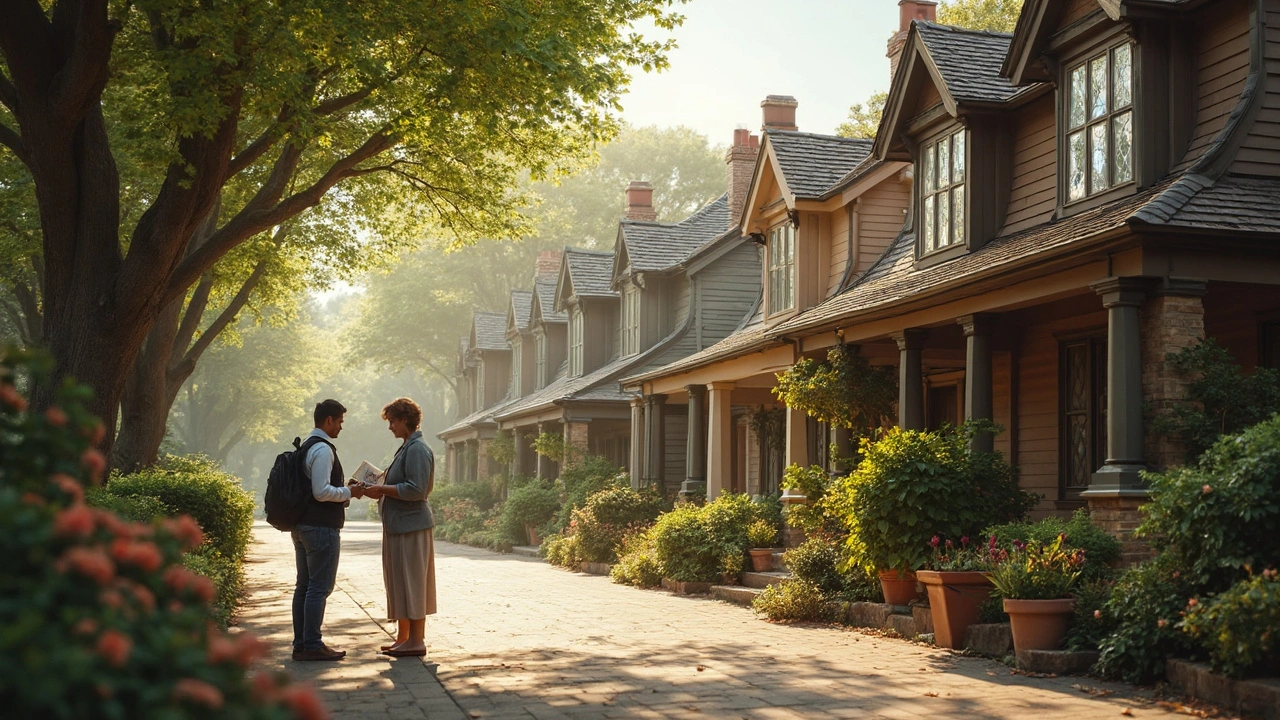The American Craftsman style represents enduring quality through handcrafted woodwork, solid materials, and timeless design. Built to last over a century, these homes stand apart from modern mass-produced houses.
Craftsman homes: spot the style, keep the soul
Craftsman homes are easy to love: low-pitched roofs, wide porches, exposed rafters, and honest materials. If you’re looking at a house or planning a remodel, knowing what makes a Craftsman a Craftsman saves time and money. This page gives clear, practical tips to identify features, update rooms without losing character, and improve curb appeal on a budget.
How to spot a Craftsman
Start at the outside. Look for a deep, covered front porch supported by square or tapered columns sitting on stone or brick piers. The roof is usually low-pitched with wide eaves and visible rafter tails or decorative brackets. Windows often come as grouped double-hung units with divided lights on the upper sash and a single pane below.
Inside, Craftsman homes favor built-ins: bookcases, window seats, benches, and wide trim. Expect natural woodwork, simple but strong lines, and built-in lighting in key spots. Floors are usually hardwood, and fireplaces are central—often clad in stone or tile with a broad mantel that anchors the living area.
Renovating or updating a Craftsman
If you want modern comforts but don’t want to erase the house’s soul, pick additions that match original materials and scale. Replace or repair wood trim with the same profile when possible. For kitchens, choose shaker-style cabinets or flat-front wood cabinets instead of overly ornate modern options. Keep an apron-front sink and simple hardware in period finishes like oil-rubbed bronze or aged brass.
When adding insulation or HVAC, hide ducts and vents behind built-ins or inside closets to protect visible woodwork. If you need to add bathrooms, place them where they won't cut through original built-ins or disrupt key sightlines. Refinish original hardwoods rather than covering them with heavy carpeting.
Energy updates matter. Swap single-pane windows for high-performance replicas that match the original muntin patterns. Add storm windows or interior secondary glazing to preserve both look and efficiency. Upgrade lighting with LED bulbs in period-style fixtures—this keeps the look but cuts energy bills.
Landscaping should feel hand-crafted: native plants, stone walkways, and a modest front garden that leads to the porch. Avoid large formal hedges or ultra-modern hardscapes that compete with the home’s human scale.
Thinking about costs? Routine maintenance—roof, paint, foundation—keeps small issues from becoming big ones. Authentic materials cost more up front but hold value and look right. For tighter budgets, prioritize visible features: porch repair, front door, trim, and restoring original windows or installing accurate replacements.
Want examples or local resources? Look for neighborhood historical societies, local preservation groups, or contractors who list experience with Arts and Crafts homes. They can point you to period-accurate materials and tradespeople who understand how these houses were built.
Craftsman homes reward care: small, thoughtful repairs and updates keep the original charm while adding modern comfort. Follow the basics above and you’ll keep the character that makes these houses special—without turning them into something they’re not.
This article unpacks the American Craftsman home style—what sets it apart, why people love it, and how you can spot one from a mile away. We’ll dig into its origins, signature features, and real-world tips for adding Craftsman charm to your home. Expect clear advice, interesting facts, and practical insights to help you appreciate and maybe even own a true Craftsman house. Dive into the heart of American home design in a way that’s easy to understand.


